San Gimignano. The church of San Pietro in Forliano
2021
You may also like

2021
Fucecchio, Tuscany, Italy. Panoramas
2021
San Gimignano. The church of Sant'Agostino
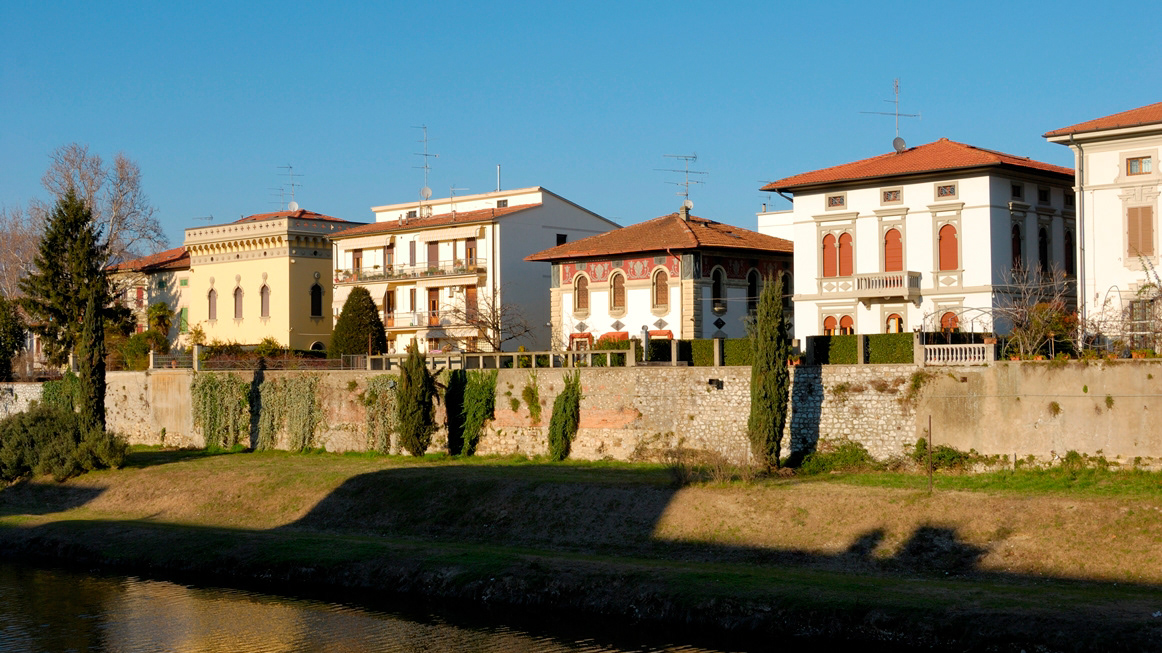
2008
Prato
Prato is an Italian town of 194,390 inhabitants, the capital of the province of the same name in Tuscany. It is the second largest city in Tuscany and the third in central Italy by number of inhabitants after Rome and Florence. Until 1992, the year of the constitution of the province of the same name, it was the most populated non-provincial town in Italy, then in the province of Florence. The Prato plain was inhabited since the Etruscan era, but the birth of the city itself dates back, generally, to the 10th century, when we have news of two contiguous but distinct inhabited centers, Borgo al Cornio and Castrum Prati, which merged during the following century. In the Prato economy, textile production has always played a leading role since the Middle Ages, as evidenced by the documents of the merchant Francesco Datini, but it is in the nineteenth century that Prato saw an impetuous industrial development, which still make it one of the most important districts at the European level. The city boasts historical and artistic attractions of great importance, with a cultural itinerary that begins with the Etruscans and then expanded in the Middle Ages and reached its peak with the Renaissance, when artists of the caliber of Donatello, Filippo Lippi and Botticelli.
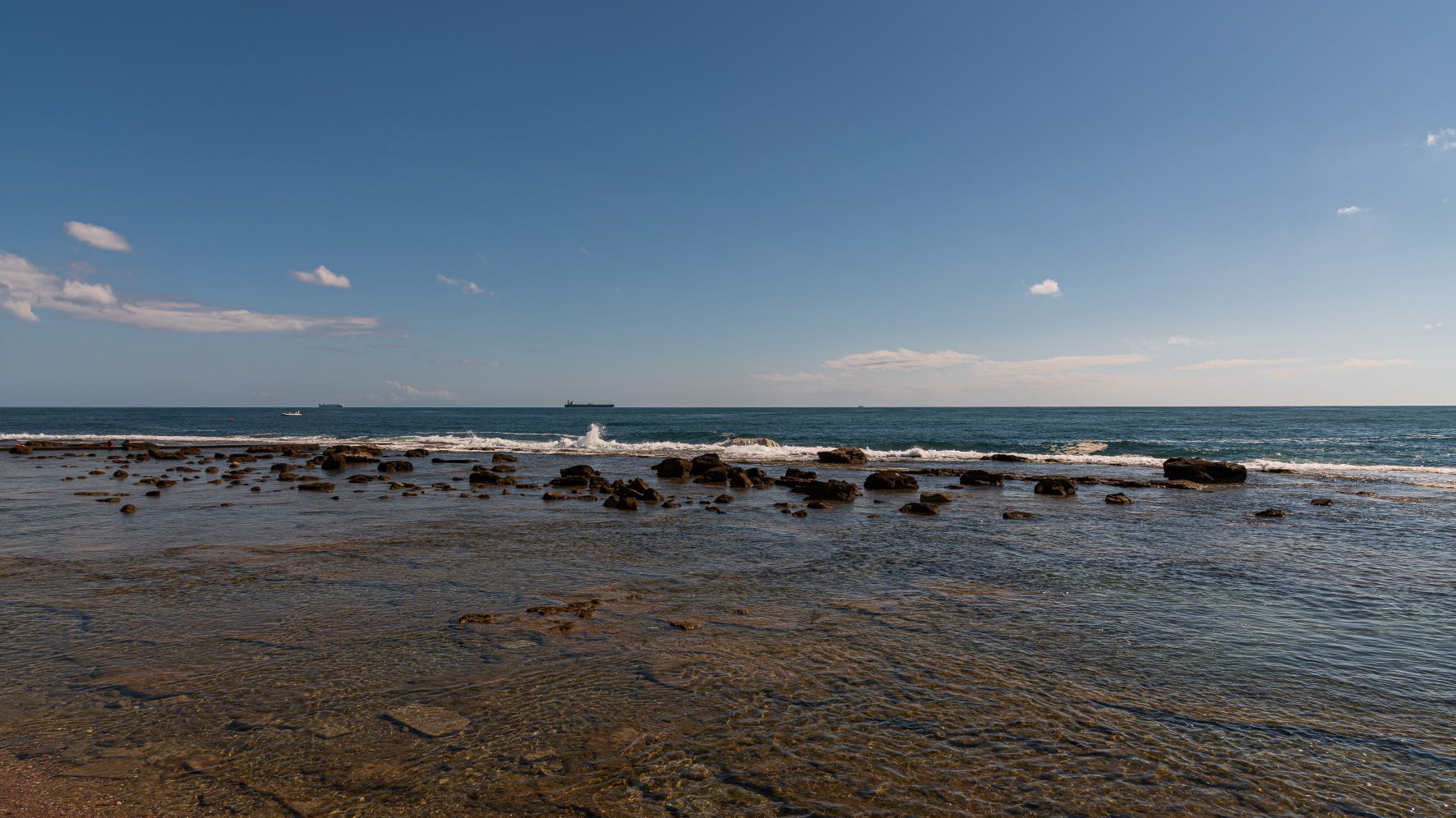
2021
Livorno
Livorno, Tuscany. The Livorno seafront. The Ligurian sea as seen from Terrazza Mascagni
The Livorno seafront is a promenade that winds for several kilometers along the coast of the Ligurian Sea, starting from the port area and ideally ending in the coastal stretch of the Romito.
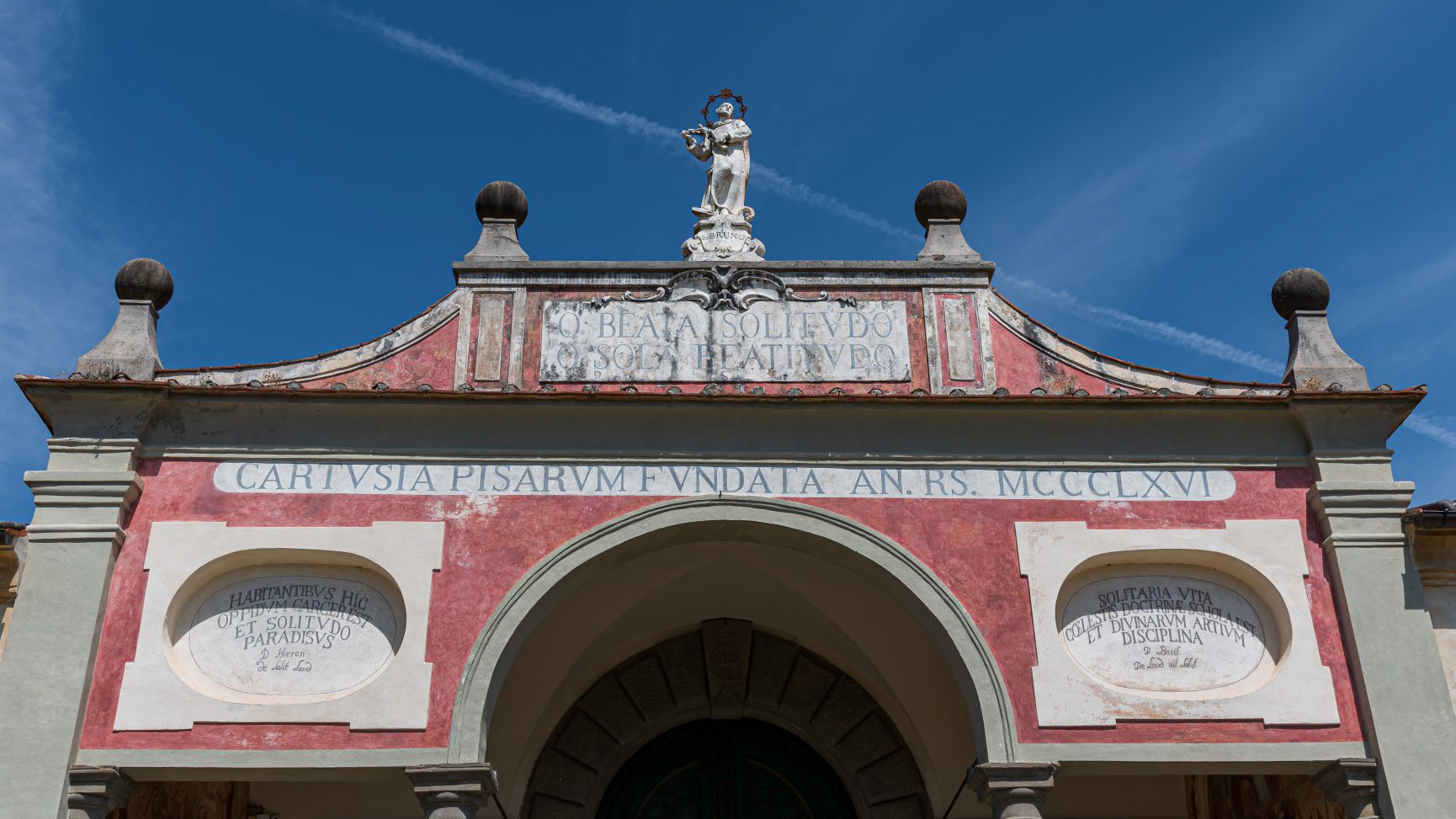
2021
Calci. The Charterhouse of Val Graziosa
The Certosa della Val Graziosa di Calci, commonly known as the Certosa di Pisa or also the Certosa di Calci, is located in the province of Pisa, in the municipality of Calci, in a flat area on the slopes of the Pisan mountains called "Val Graziosa".
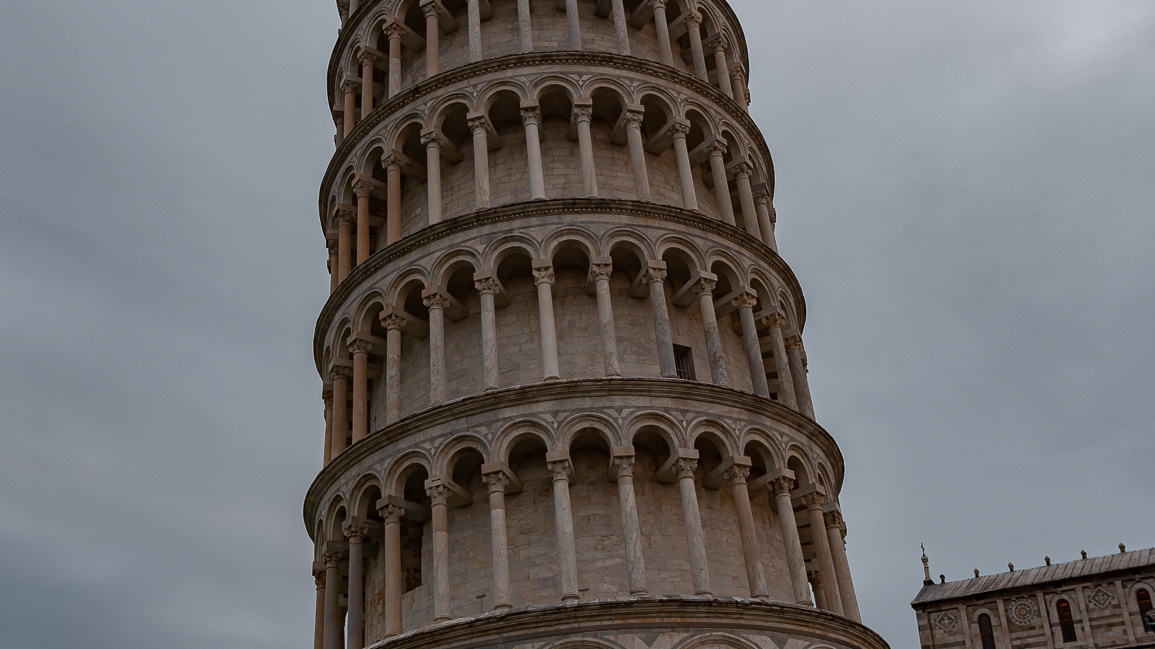
2021
Pisa, the Leaning Tower
The tower of Pisa (popularly known as the leaning tower and, in Pisa, the Campanile or the Tower) is the bell tower of the cathedral of Santa Maria Assunta, in the famous Piazza del Duomo of which it is the most famous monument due to the characteristic slope, symbol of Pisa and among the iconic symbols of Italy. It is a separate bell tower 57 meters high (58.36 meters considering the foundation plan) built over two centuries, between the twelfth and fourteenth centuries. With a mass of 14 453 tons, the curved line predominates, with turns of blind arches and six floors of loggias. The slope is due to a subsidence of the underlying land which occurred in the early stages of construction. The inclination of the building measures 3.97 ° with respect to the vertical axis. The tower is managed by the Opera della Primaziale Pisana, a body that manages all the monuments in the Piazza del Duomo in Pisa. It was proposed as one of the seven wonders of the modern world. Work began on 9 August 1173. The foundations were left to rest for a whole year. Some studies attribute the authorship of the project to the Pisan architect Diotisalvi, who was building the baptistery at the same time. The similarities between the two buildings are in fact many, starting with the type of foundations. Others suggest instead Gherardi, while according to Vasari the works were started by Bonanno Pisano. Vasari's thesis was considered valid above all after the discovery in the vicinity of the bell tower of a tombstone with the name of Bonanno, walled up in the atrium of the building; moreover, in the nineteenth century an epigraphic fragment of pink material was always found in the surroundings, probably a cast on which a metal plate was cast, which is placed on the jamb of the building's entrance door. On this fragment we read, upside down: "Pisan citizen named Bonanno". This cast in all probability related to the royal door of the Cathedral, destroyed during the fire of 1595. The first phase of the works was interrupted in the middle of the third floor, due to the subsidence of the land on which the base of the bell tower stands. The softness of the ground, made up of normally consolidated soft clay, is the cause of the slope of the tower and, although to a lesser extent, of all the buildings in the square. The works resumed in 1275 under the guidance of Giovanni di Simone and Giovanni Pisano, adding another three floors to the previous building. In an attempt to straighten the tower, the three additional floors tend to curve away from the slope. The bell tower was completed in the middle of the following century, adding the belfry.
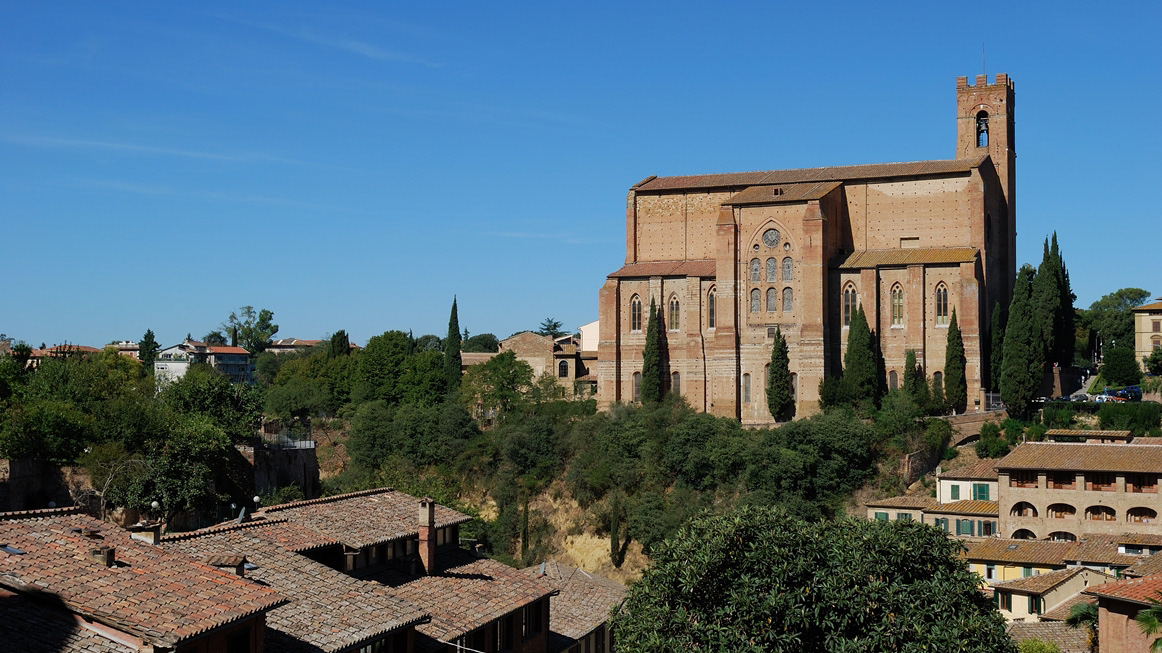
2007
Siena
Siena is an Italian town of 53 818 inhabitants, the capital of the province of the same name in Tuscany. The city is universally known for its huge historical, artistic and landscape heritage and for its substantial stylistic unity of medieval urban furniture, as well as for the famous Palio. In 1995 its historic center was included in the UNESCO World Heritage Site. The city is home to the Banca Monte dei Paschi di Siena, founded in 1472 and therefore the oldest bank in business as well as the longest-running in the world.

2021
Fucecchio, Tuscany. Corsini Park. The fortified towers
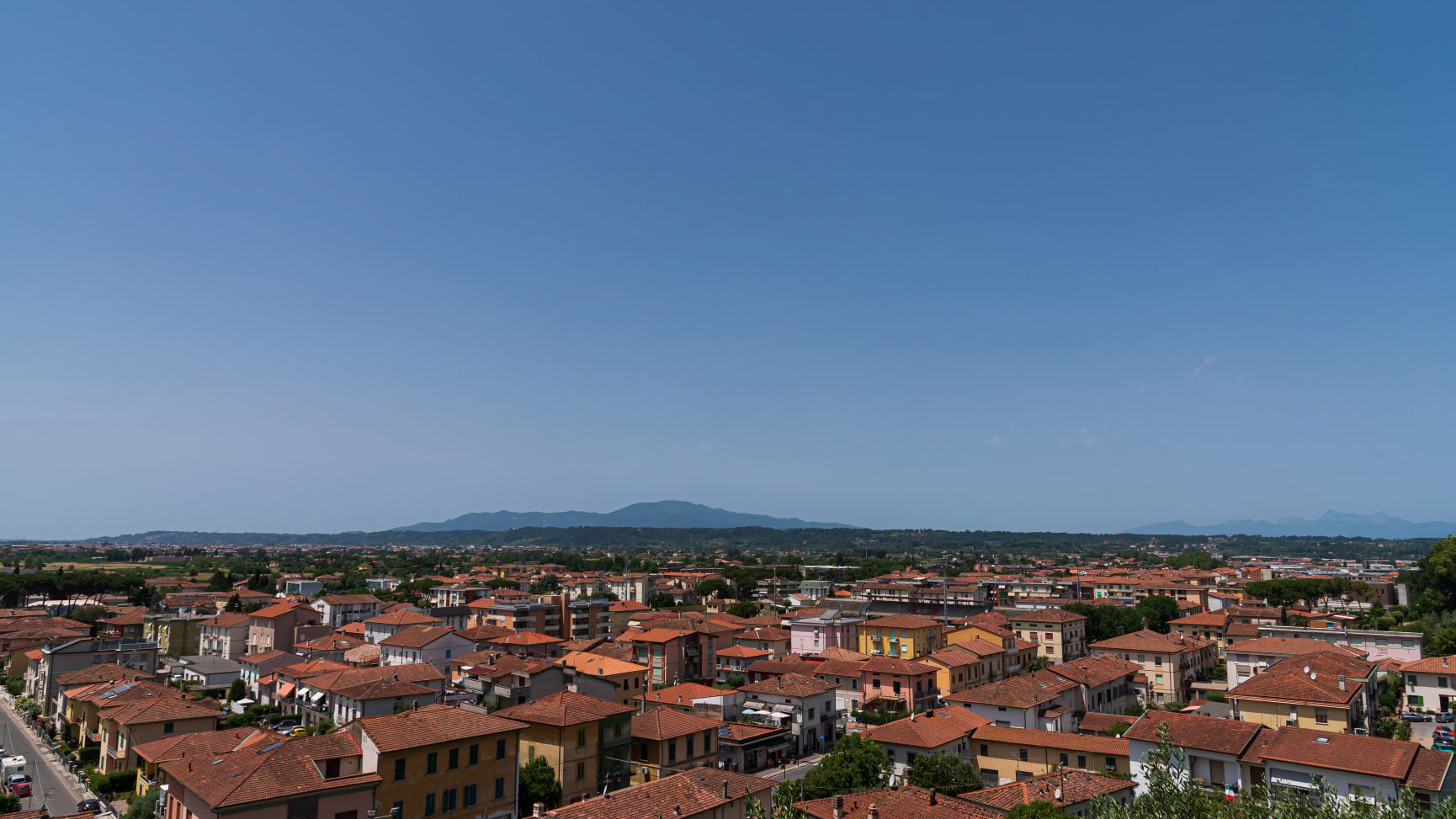
2021
Fucecchio. Panorama from the lookout of the city
Fucecchio is an Italian town of 23,076 inhabitants in the metropolitan city of Florence in Tuscany, in the lower Valdarno.

2021
Livorno. The Mascagni Terrace
The Mascagni Terrace is one of the most elegant and evocative places in Livorno and is located on the seafront on the edge of Viale Italia.
